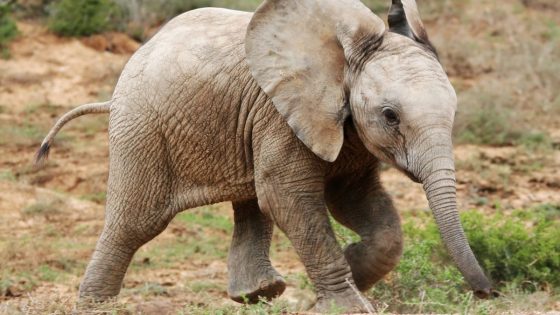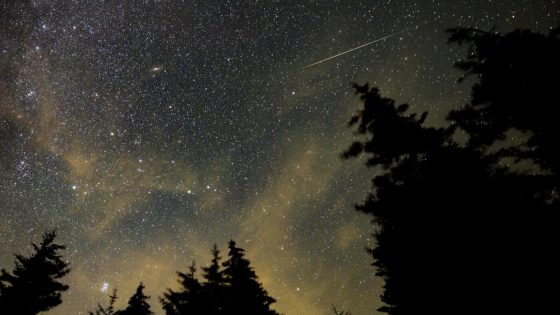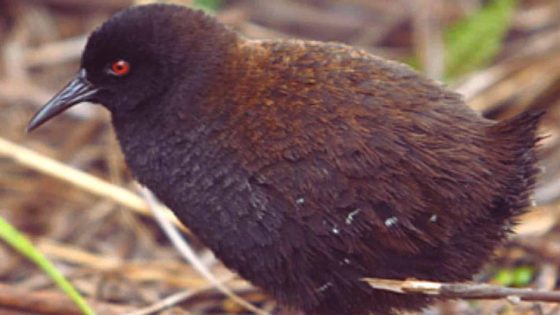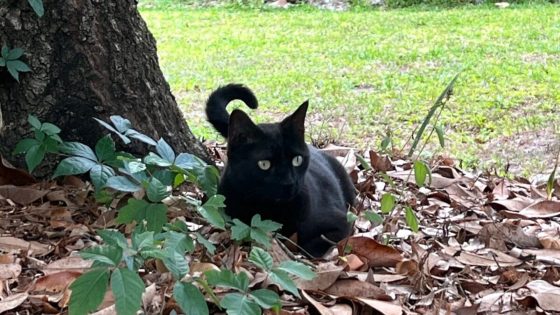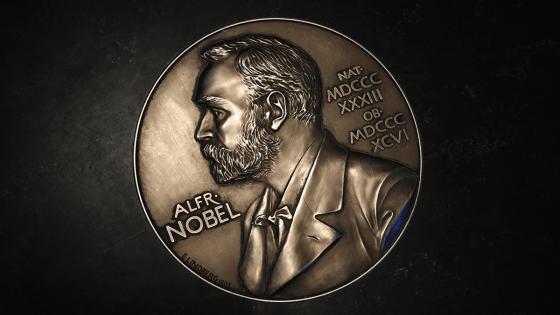Motty, the world’s rarest elephant, remains a fascinating case of hybridization between African and Asian elephants. Born on July 11, 1978, at Chester Zoo, Motty’s unique lineage has captivated scientists and animal lovers alike. Tragically, he passed away just ten days later, but his story continues to spark interest in genetic diversity.
- Motty: world's rarest elephant hybrid.
- Born at Chester Zoo, UK.
- Result of African and Asian elephant interbreeding.
- Died shortly after birth due to complications.
- Unique physical features from both parents.
- Body preserved at Natural History Museum, London.
Motty’s birth was a remarkable event, as interbreeding between these species is nearly impossible in the wild due to their geographical separation. This rare hybridization was confirmed through tissue samples, showcasing the potential for genetic mixing between different genera. As we reflect on Motty’s legacy, it’s essential to consider the broader implications of hybridization in the animal kingdom.
What does Motty’s story tell US about the potential for hybridization in the animal kingdom? His unique characteristics, such as a blend of features from both parents, raise questions about genetic diversity and conservation strategies. Consider these key points:
- Hybridization can lead to unique genetic traits.
- Understanding hybrids helps in conservation efforts.
- Motty’s case is a rare example of successful interbreeding.
As we move forward, advancements in genetic research could open new avenues for understanding and preserving endangered species, making it vital to continue exploring these unique cases.



